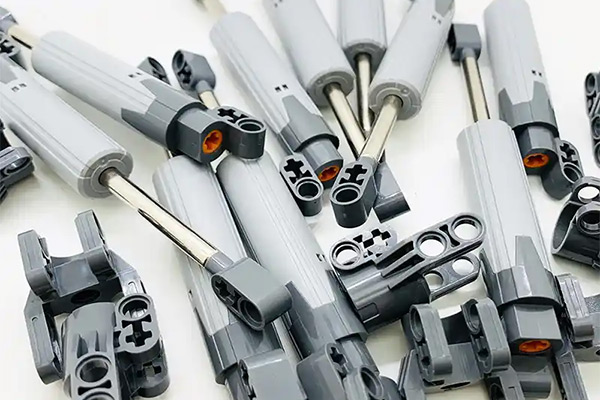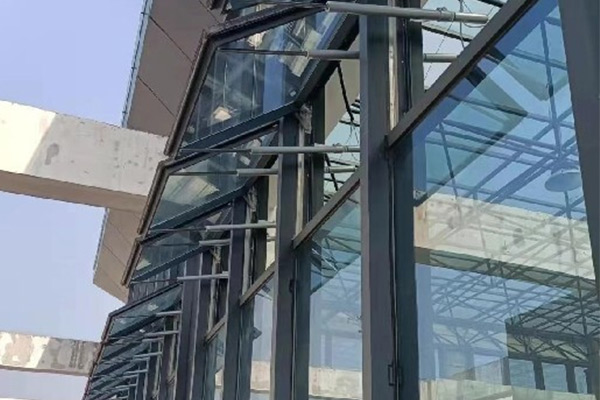Pitfall Guide: What You Must Know When Buying a Tatami Electric Lift
Tatami, with its unique design and multifunctionality, has become a popular choice in modern homes. And the electric lift system, as a core component of tatami, further enhances its intelligence and comfort. However, there are numerous products on the market, with varying quality, and it's easy to fall into traps if you're not careful. To help you avoid pitfalls and choose a satisfactory tatami electric lift system, here are a few things you must know:
I. Core Components: Motor and Load Capacity Are Key
The performance of an electric lift system largely depends on its motor.
● Brand and Quality: Prioritize well-known motor brands, such as Dihool from China. The brands guarantee stability, noise control, and a long service life. Some businesses may use unbranded or small-factory motors, which are cheaper but have high failure rates and no after-sales support.
● Noise Level: Excessive motor noise can significantly impact your user experience. When purchasing, be sure to check the noise parameters; generally, less than 45 decibels is ideal. If possible, it's best to test it on-site.
● Load Capacity: Determine the required load capacity based on the size and material of your tatami, as well as your daily usage needs (whether heavy objects will be placed on it, or if multiple people will use it simultaneously). A qualified electric lift system should have a load capacity of at least 80-200 kg. Don't blindly pursue high load capacity, but also don't choose one with insufficient capacity to save money, as this may shorten its lifespan or pose safety risks.
II. Lifting Structure and Stability: Determining the User Experience
The lifting structure of an electric lift system directly affects its smooth operation and durability.
● Scissor vs. Column Type: The main lifting structures currently available are scissor-type and column-type. The scissor-type structure is stable and has strong load-bearing capacity, but it takes up more space and has limited lifting height. The column-type structure takes up less space and offers a wider range of lifting heights, but it requires higher material and manufacturing quality; otherwise, it may wobble. Choose based on your actual needs and available space.
● Smooth Operation: Whether the lifting process is smooth, without any sticking or abnormal noises, is an important criterion for evaluating its quality. Poor-quality lift systems may shake or even stop midway during operation.
III. Material and Anti-Corrosion/Anti-Rust: Ensuring Long-Term Use
Electric lift systems are often located inside the tatami, where a humid environment can cause corrosion.
● Frame Material: High-quality electric lift system frames typically use high-strength cold-rolled steel or aluminum alloy. These materials have good strength and corrosion resistance. Avoid weak, inferior steel, which can easily deform and rust.
● Surface Treatment: Ensure the frame surface has undergone anti-corrosion and anti-rust treatment, such as powder coating or electroplating. This can effectively extend the service life of the lift system, especially in humid areas.
IV. Safety and Smart Features: Indispensable Details
In addition to core performance, safety and smart features are also important considerations for enhancing the user experience.
● Anti-Pinch Function: This is an essential safety feature for electric lift systems. When an obstacle is detected, the lift system will automatically stop or reverse, preventing pinching injuries.
● Overload Protection: When the load exceeds the rated capacity, the system will automatically stop operating, protecting the motor and mechanism from damage.
● Power-Off Protection: In case of a sudden power outage, the lift system should maintain its current position to prevent a sudden drop.
● Remote Control Method: In addition to traditional wired remote controls, many electric lift systems now support wireless remote control, mobile app control, and even voice control. Choose the control method that is convenient for your daily use.
● Memory Function: Some high-end products support memorizing multiple preset heights, allowing for one-touch lifting to frequently used positions.
V. Installation and After-Sales Service: Professional Service is Key
The installation of an electric lift system is complex and specialized, and after-sales service is crucial for long-term use.
● Professional Installation: Be sure to install the electric lift according to the instructions in the manual. Incorrect installation can affect the performance and lifespan of the lift system, and even pose safety hazards.
● Warranty Period: Understand the product's warranty period and specific warranty coverage. Generally, it's recommended to choose brands that offer a warranty of one years or more.
● After-Sales Response: Learn about the supplier's after-sales service response speed and problem-solving capabilities in advance, to ensure that any future malfunctions can be handled promptly.
Purchasing a tatami electric lift system is not a small matter; it concerns your future user experience and safety. We hope these "pitfall guides" can help you make an informed choice and own an intelligent tatami that is both practical and comfortable. During the selection process, look more, ask more, compare more, and consult us if necessary to truly buy a product that is worth its value.





